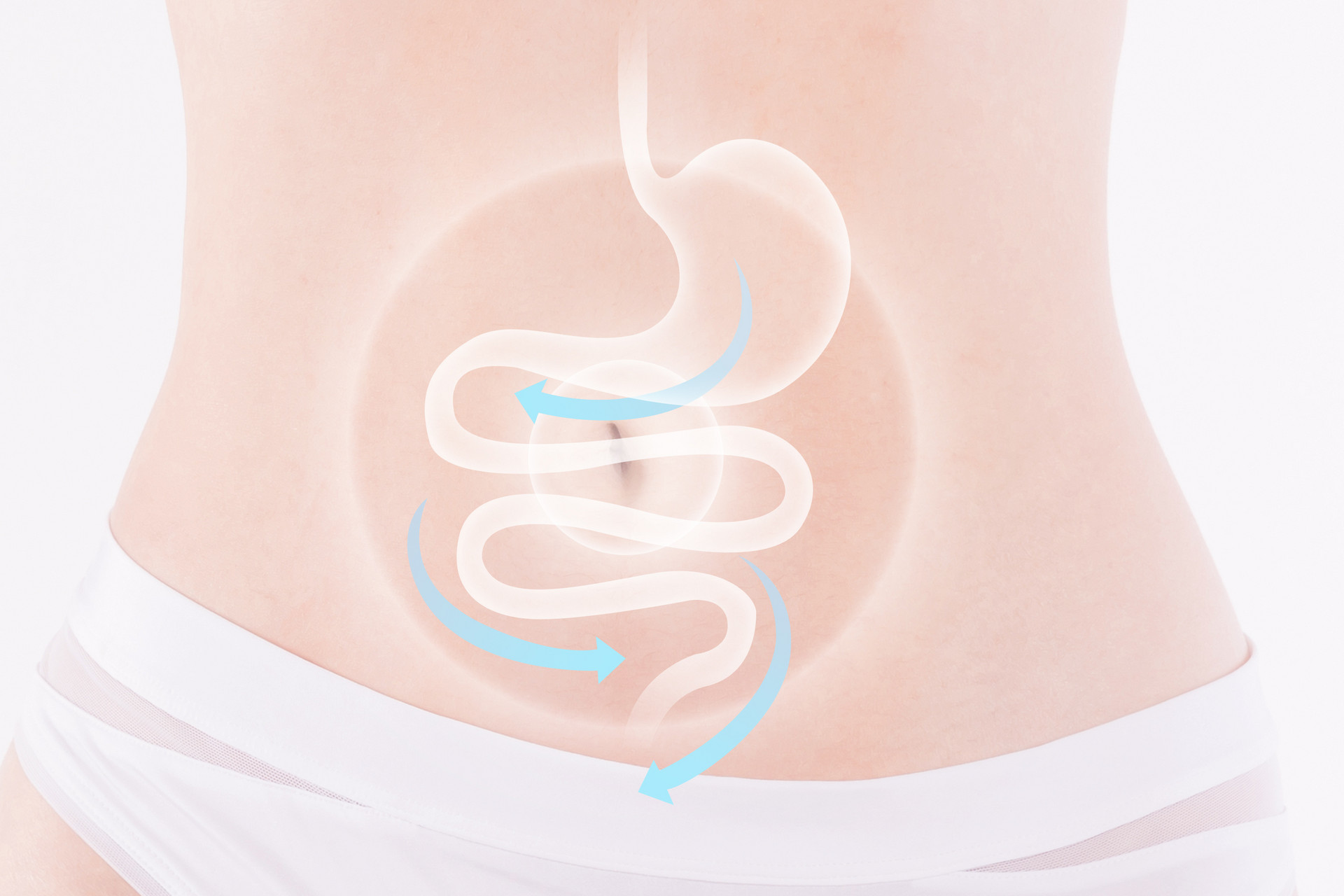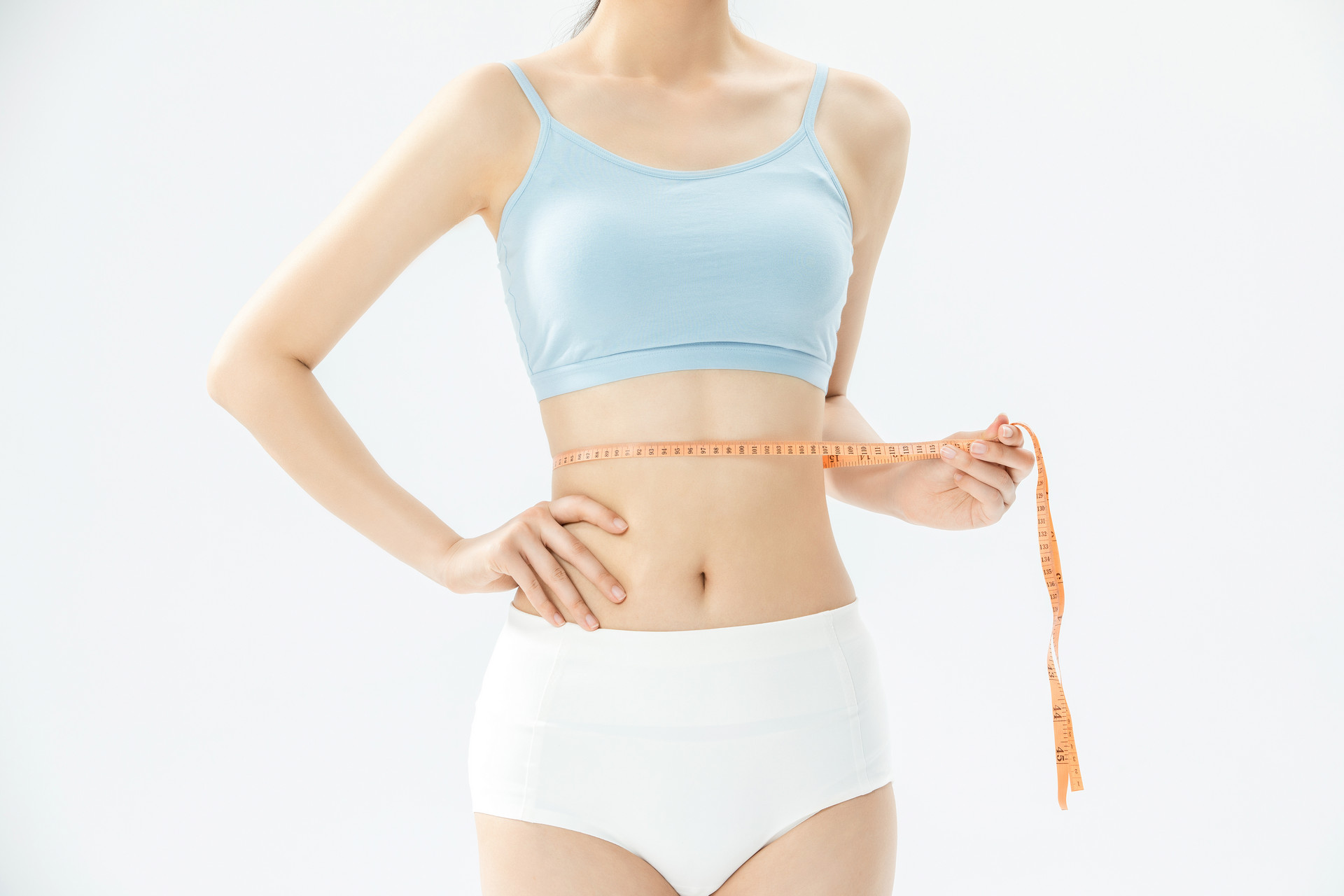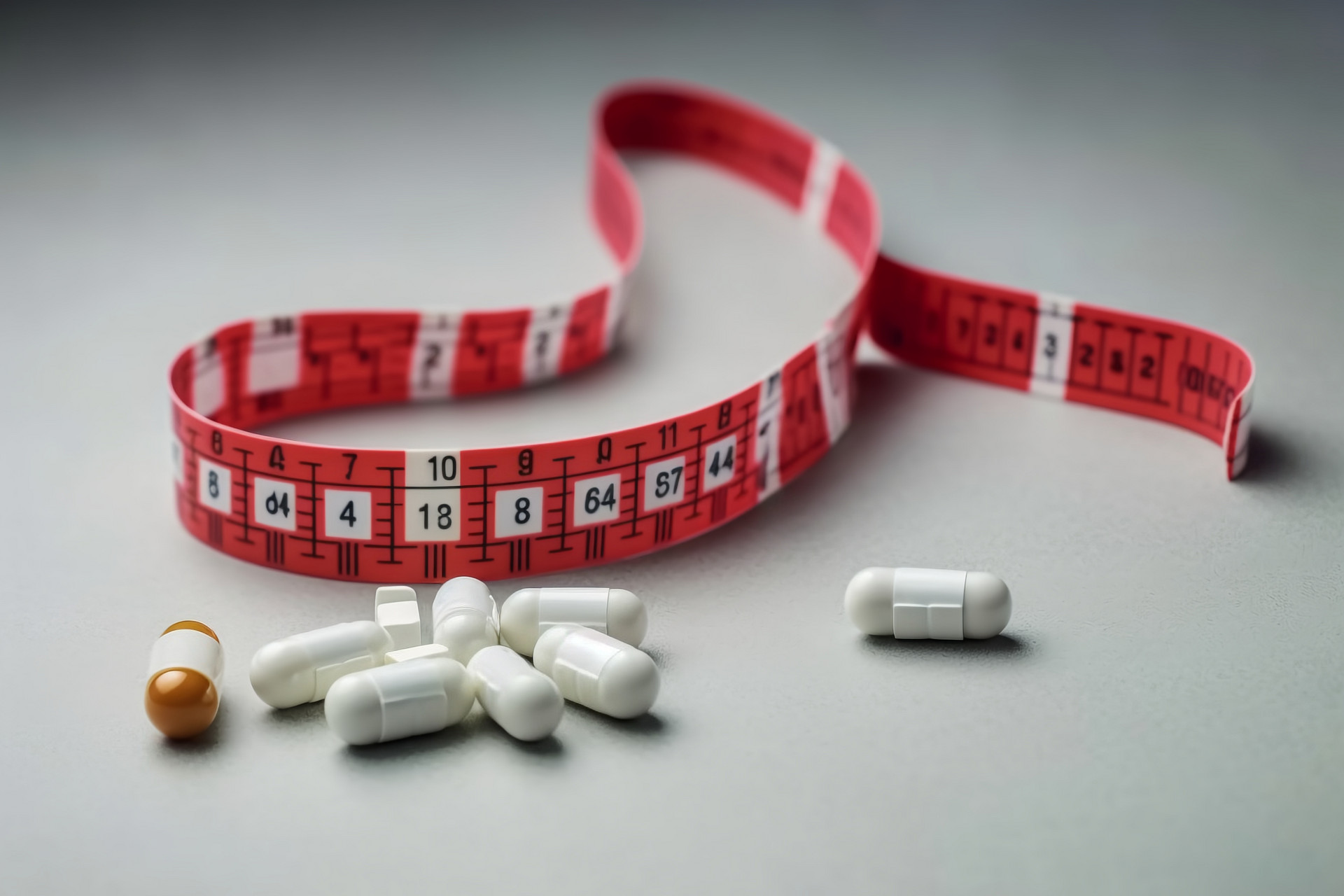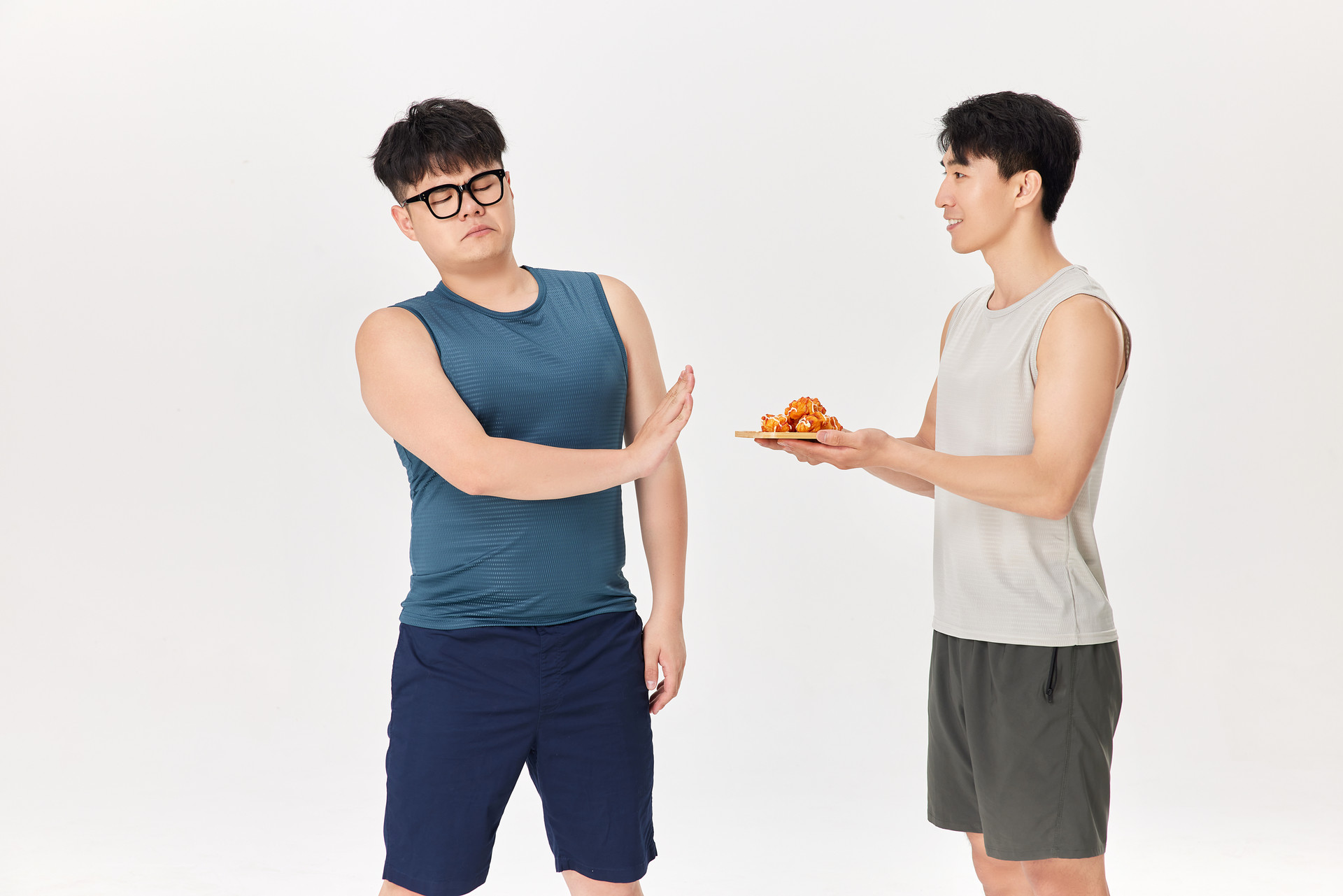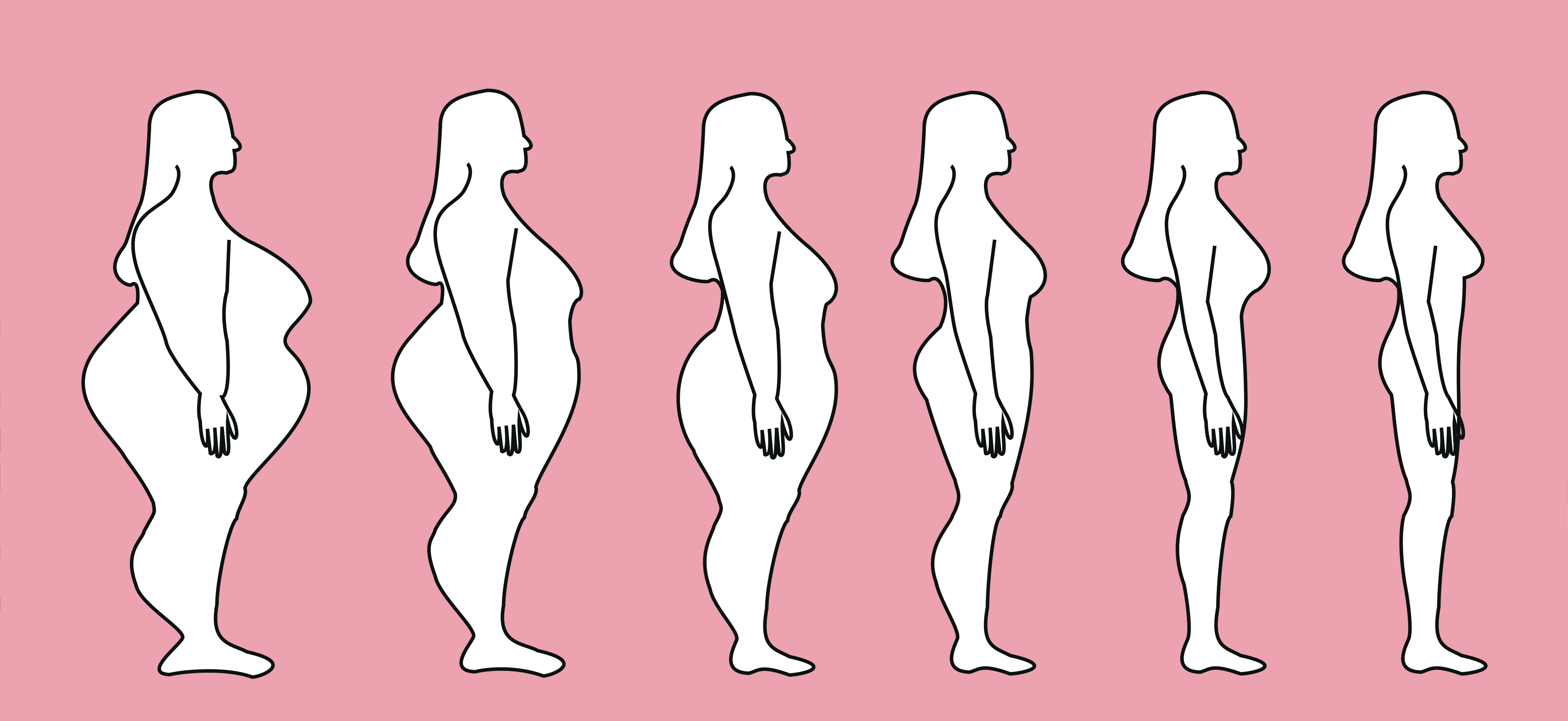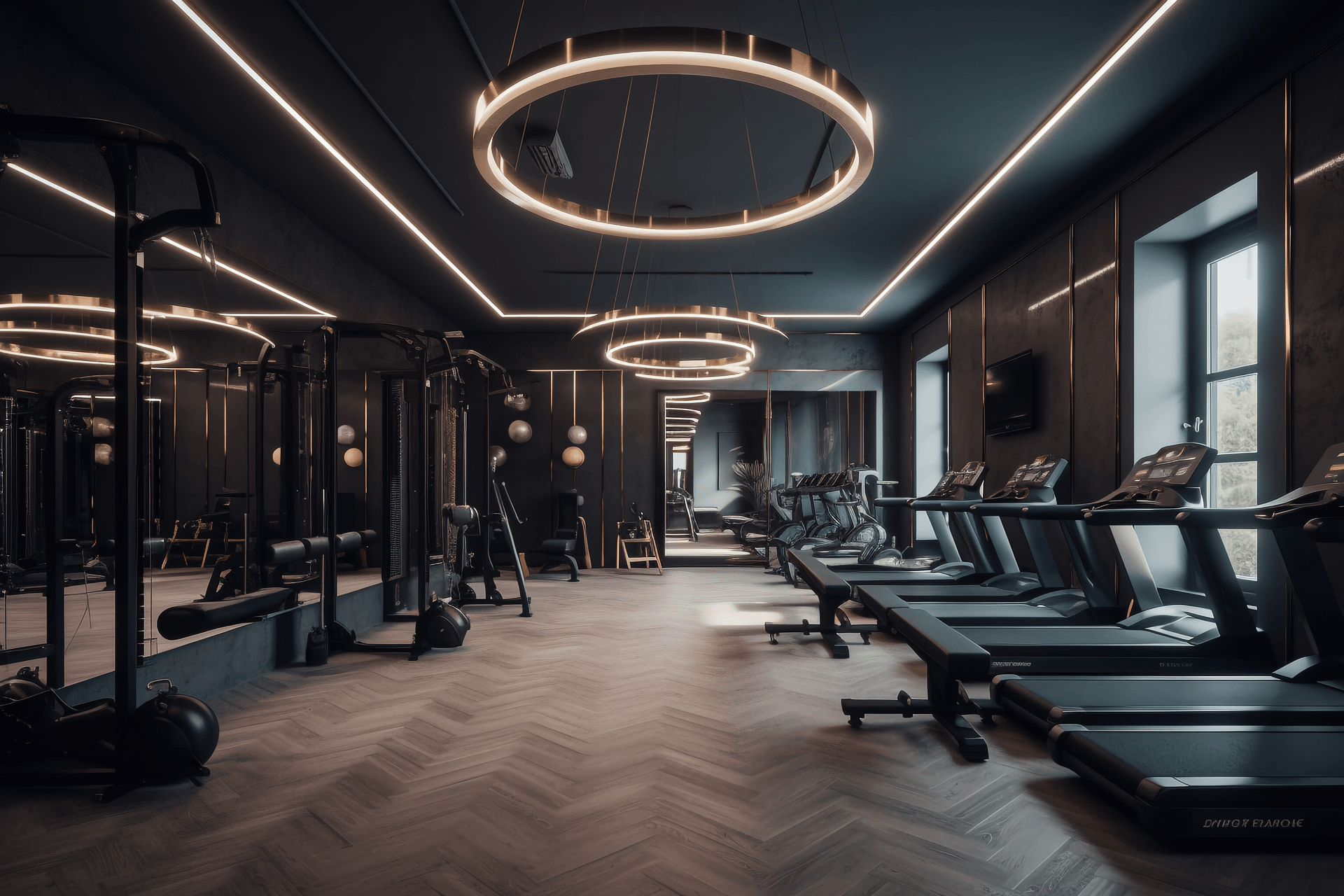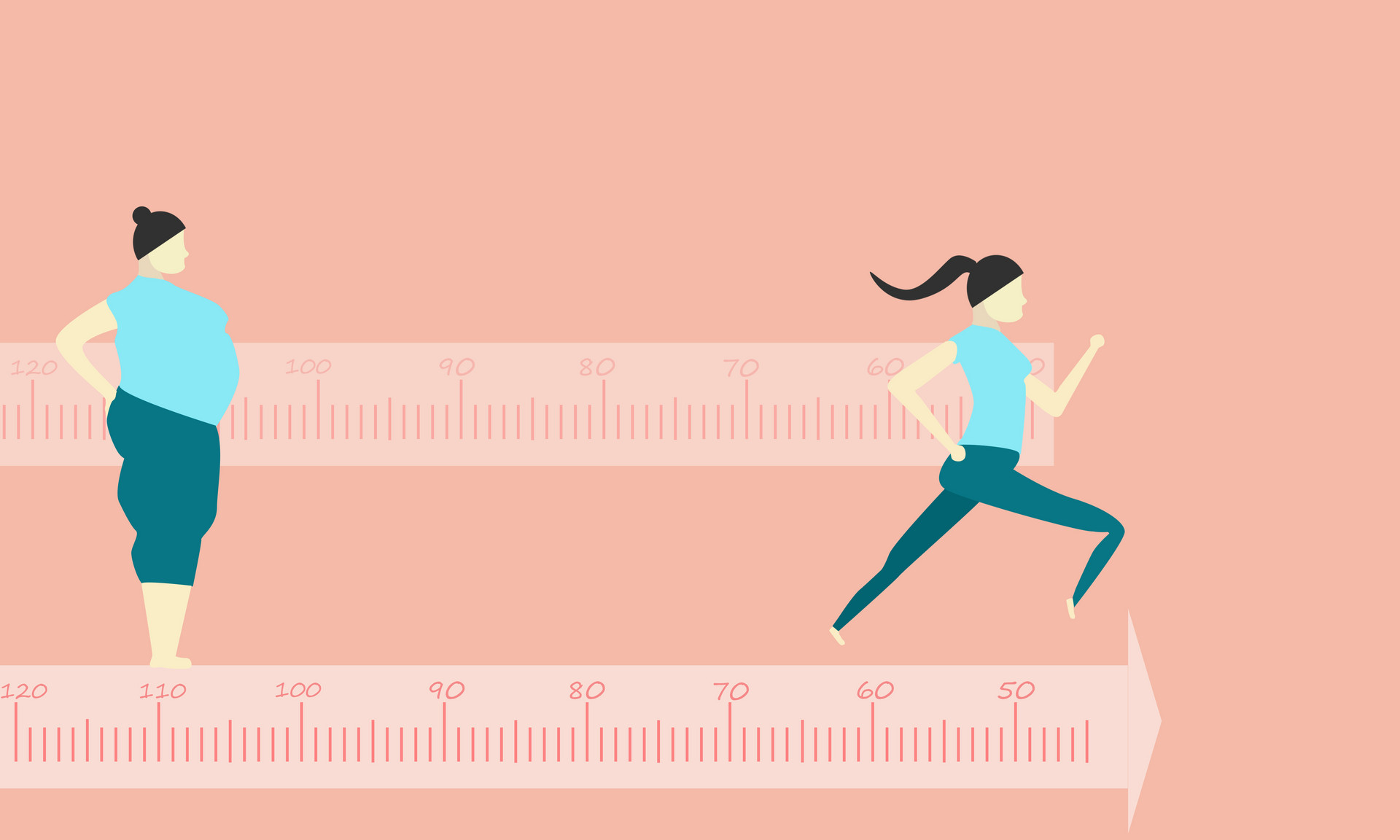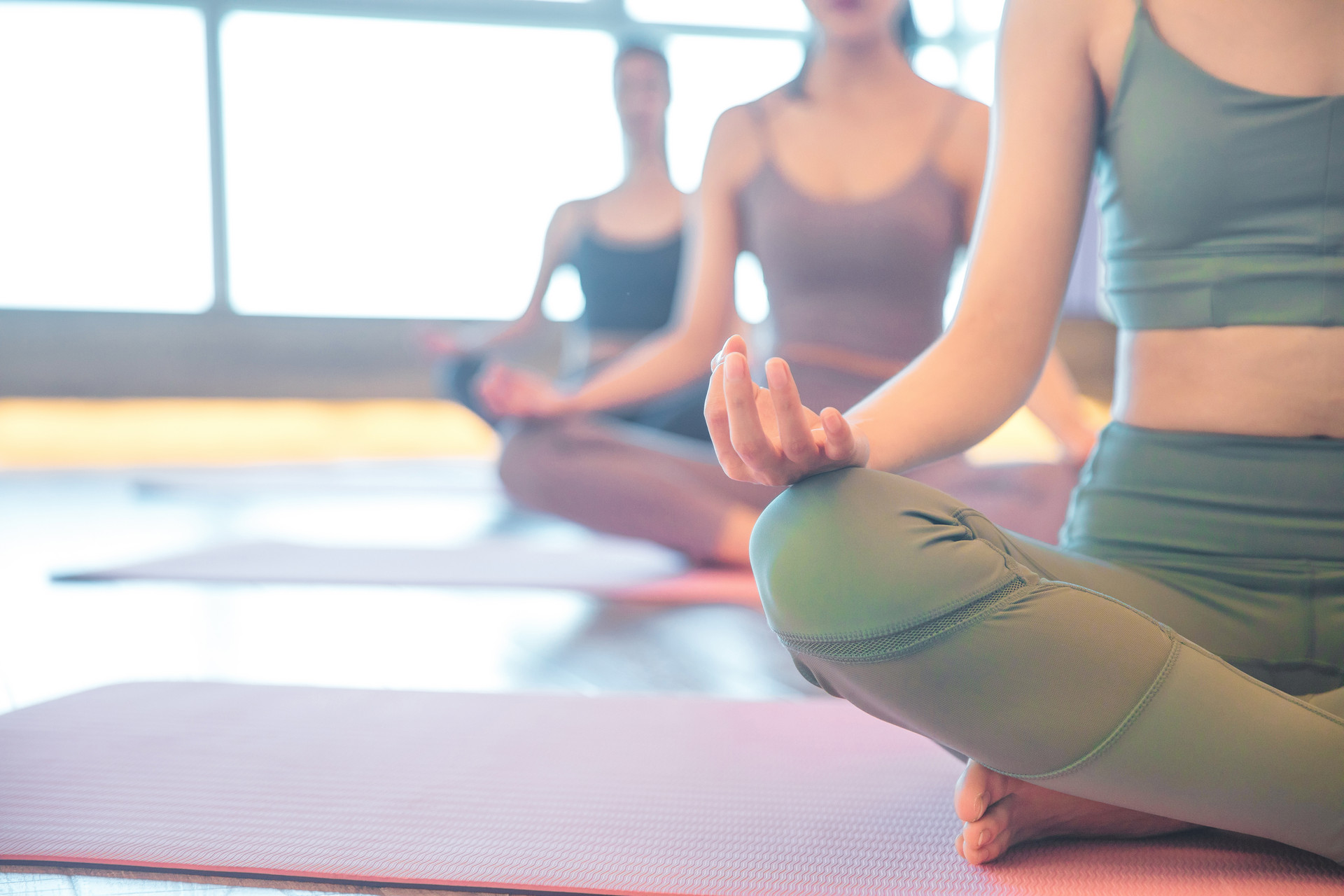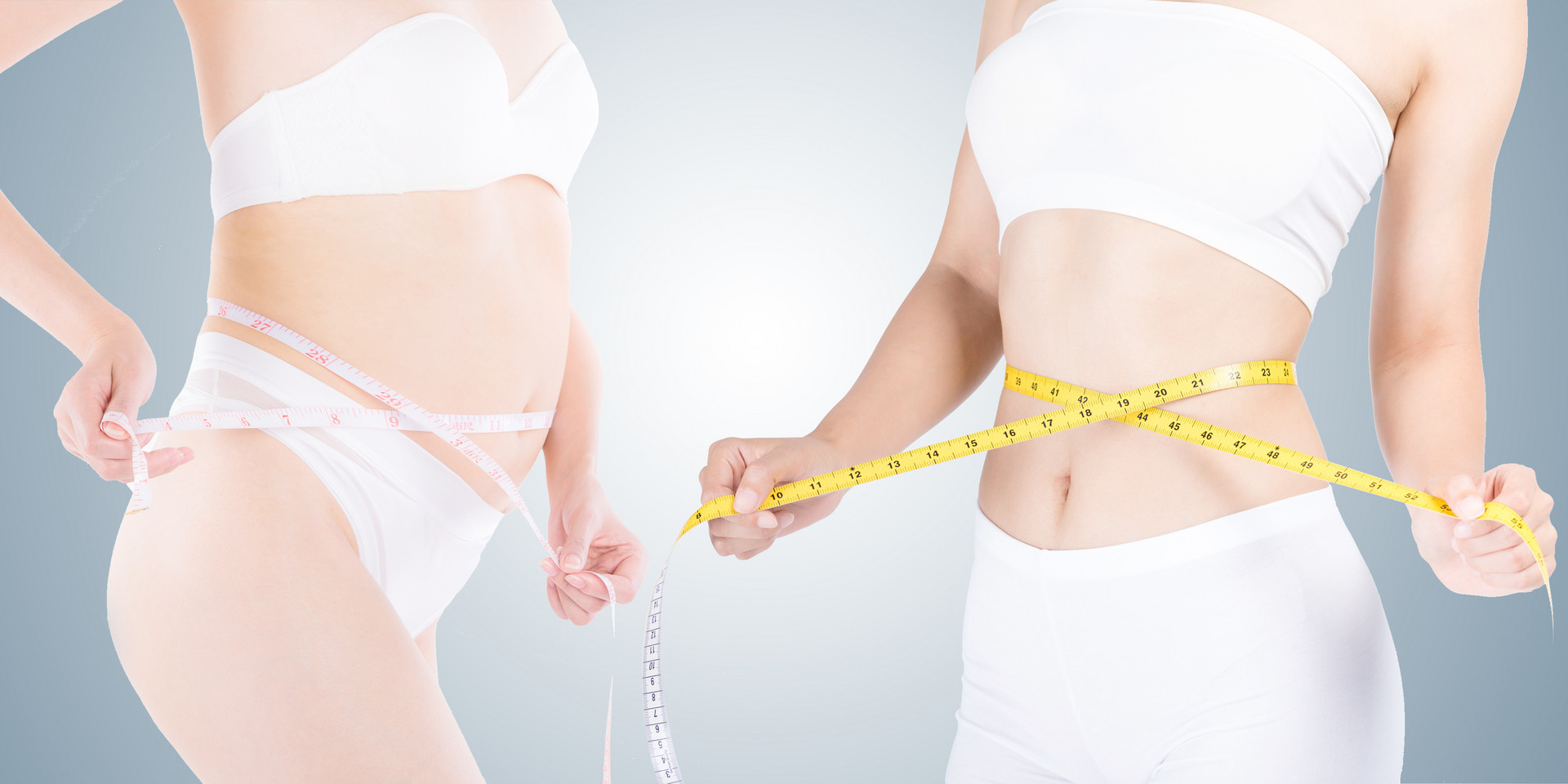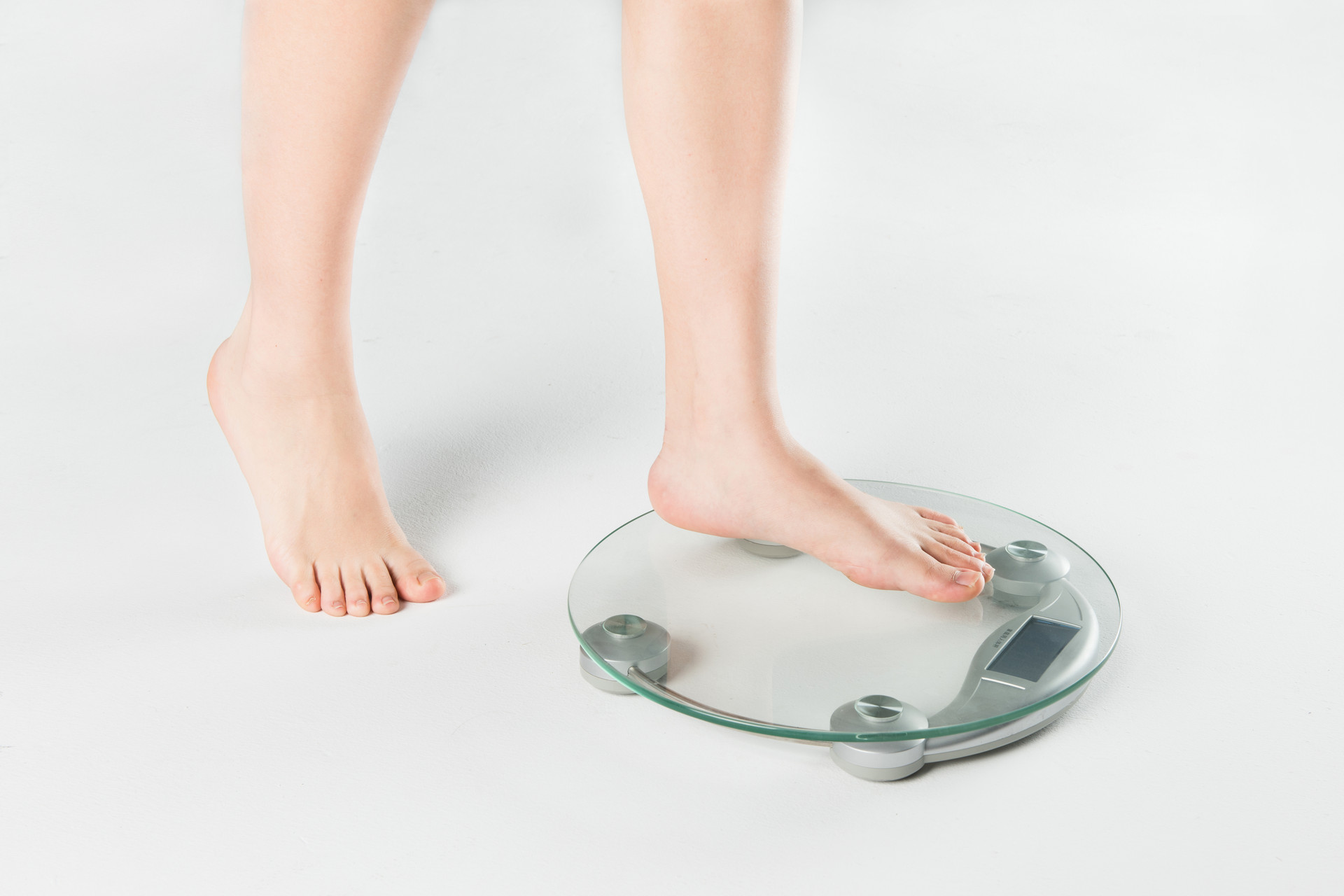Summer is here, and we can wear beautiful clothes again. However, for those who are overweight, summer can be tough. But if we can get rid of the excess fat, we can still look beautiful. There are many methods to treat obesity, and today I will focus on introducing the cupping therapy for treating obesity.
It's not clear whether it's because living conditions have improved or for other reasons, but more and more people are gaining weight, with excess fat accumulating around their waist, and some even developing obesity.
Obesity refers to excessive accumulation of body fat, exceeding 20% of the standard weight. There is a certain proportion between the height and weight of the human body. If the amount of fat increases and the weight exceeds 20% of the standard weight, it is called obesity. This condition is more common in women, usually occurring between the ages of 40 and 50.
Obesity is divided into three types: mild, moderate, and severe.
Mild: Generally, there are no obvious symptoms, and daily life is not affected.
Moderate: There are often symptoms such as palpitations, abdominal distension, easy fatigue, heat intolerance with excessive sweating, shortness of breath, and even lower limb edema.
Severe: Hypoxia and carbon dioxide retention can occur, leading to chest tightness, shortness of breath, drowsiness, and in severe cases, it can cause heart and lung function failure, and induce arteriosclerosis, coronary heart disease, hypertension, diabetes, gout, gallstones, and fatty liver. It is generally classified into two types: improper diet, accumulation of heat in the spleen and stomach, and weakness of the spleen and stomach, phlegm and dampness obstruction.
Cupping therapy for obesity
1. Improper diet, accumulation of heat in the spleen and stomach
Symptoms
The patient usually has a strong craving for fatty and sweet foods. The body is generally obese, with a firm touch. There is increased appetite, flushed face, heat intolerance with excessive sweating, yellow urine, and constipation.
Treatment
(1) Acupoints selection
Spleen shu point, stomach shu point, tian shu, qu chi, sanyinjiao, nei ting.
(2) Location
Spleen shu point: Located on the back, 1.5 inches beside the lower edge of the 11th thoracic vertebrae spinous process.
Stomach shu point: Located on the back, 1.5 inches beside the lower edge of the 12th thoracic vertebrae spinous process.
Tian shu: Located in the middle of the abdomen, 2 inches above the umbilicus.
Qu chi: Located on the outer side of the elbow crease, at the midpoint between the Quze and the outer supracondylar ridge of the humerus when the elbow is flexed.
Sanyinjiao: Located on the inner side of the lower leg, 3 inches above the tip of the medial malleolus, behind the medial border of the tibia.
Nei ting: Located on the dorsum of the foot, between the 2nd and 3rd toes, at the red-white junction behind the web margin.
(3) Cupping method
Use the method of pricking and cupping the meridians. Tap the above acupoints lightly with a plum blossom needle, and when the skin turns red or slightly bleeds, place the cupping jar and leave it for a while. Once a day, ten times is a course of treatment.
2. Weakness of the spleen and stomach, phlegm and dampness obstruction
Symptoms
The body is obese, especially in the cheeks. The muscles are flabby, and there is fatigue, loss of appetite, chest and abdomen distension and discomfort, decreased urine output, or systemic edema, nausea, and vomiting.
Treatment
(1) Acupoints selection
Spleen shu point, zhong wan, qi hai, guan yuan, zu san li, feng long.


